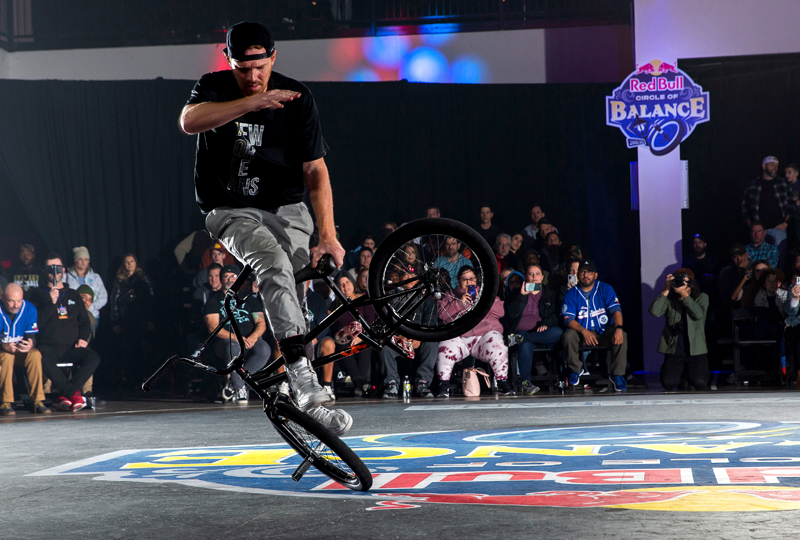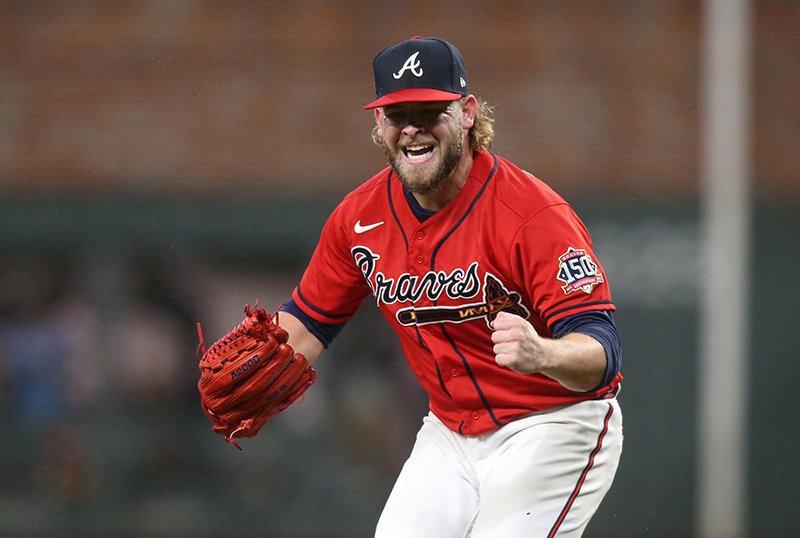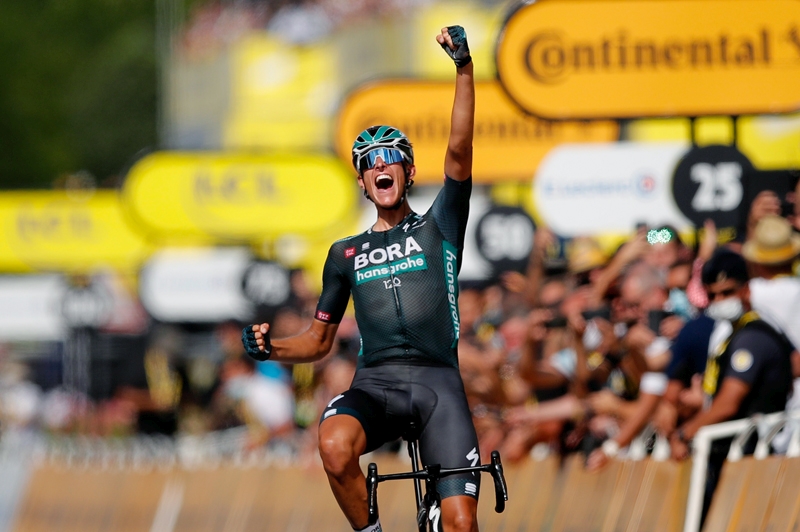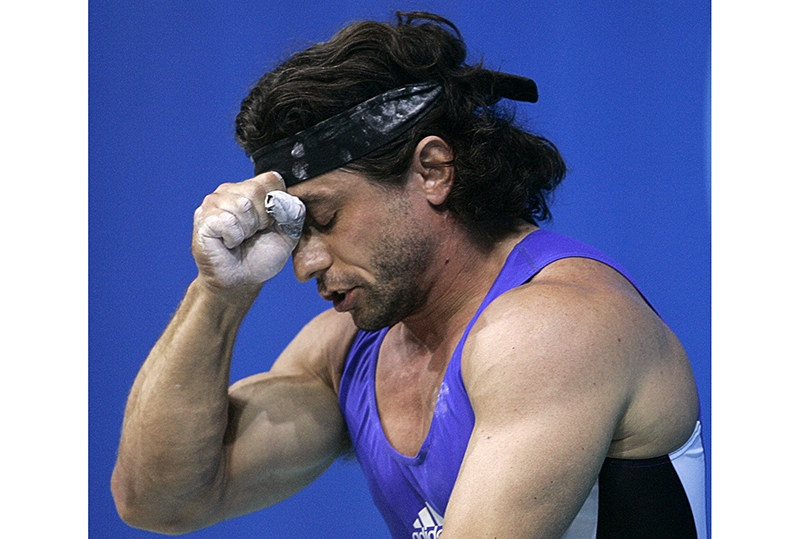Back in the middle part of the 20th century, scientists assumed that localised areas of the brain were exclusively responsible for controlling specific tasks such as movement, speech and sight. This approach was known as ‘localisation theory’. Subsequently, it was presumed that if any of these brain areas were damaged by head injuries, or stroke etc, the resulting damage (and often catastrophic loss) of function such as movement, speech, or balance was largely irreversible.One of the first neuroscientists to question the localisation theory was Paul Bach-y-Rita. Following a disabling stroke to his father that paralysed half of his body and rendered him unable to speak or walk, Paul and his brother George embarked on rehabilitating their father Pedro, who, after a 4-week programme of hospital based treatment had been discharged and told that extending treatment would be futile. Pedro made an astounding recovery and eventually died seven years later at the age of 72 from a heart attack that occurred nine thousand foot up the mountain he was climbing in Bogota, Columbia!
A routine autopsy revealed that 97% of the nerve fibres that ran from the cerebral cortex of the brain to the spinal cord were destroyed, but despite the obvious sadness surrounding these events, for Paul Bach-y-Rita this was the ‘eureka’ moment when he realised that his father’s brain had totally reorganised itself, stimulated by their very intensive rehabilitation programme and his fathers steely determination. In short, the brain localisation theory had to be wrong!
Plasticity and proprioception
The incredible ability of the injured and uninjured brain to reorganise, change and adapt is now a recognised process known as ‘plasticity’. We now know that the brain is capable of ‘plastic change’ and learning throughout life. This is also great news for sports people of all ages, insofar as improving your proprioception and agility or honing your tennis strokes and making changes to your golf swing or other sporting techniques are possible whether you are 4 or 104 (1). Plasticity and motor learning is more prolific, however, during childhood and adolescence and it’s much more likely that levels of sporting excellence akin to those achieved by Tiger Woods or Roger Federer are possible if the individual starts to play sports such as golf or tennis in their childhood. In part, the likelihood of achieving sporting excellence is dependent upon learning specific motor skills early in life.These motor skills are acquired through the formation of nerve circuits or ‘maps’ in the brain, which in turn need certain growth factors such as human growth hormone (HGH) to stimulate nerve growth (neurogenesis) and ‘wiring’ together of the nerve circuits that make up each brain map (see box 1). HGH is abundant during our formative years and until very recently it used to be thought that the release of this supercharged growth hormone reduced dramatically once we were past our early 20s (2). However, scientists have recently discovered how HGH and other growth factors are stimulated in adults by specific modes of training.
The ability to learn skilled movement often used to be termed ‘muscle memory’. Physiologically muscle memory is an inaccurate and misleading term and would be better thought of as ‘motor memory’, thus referring to the motor cortex and associated regions of the brain that store the ‘memories of movement’. Put simply it is not the muscle that remembers the movement, it is the brain.
The brain science writer and researcher Sandra Blakeslee likens brain maps to road maps, such that they spell out one-to-one correspondence between two different things (3). Body maps in the brain systematically map aspects of the outside world and the body’s anatomy onto brain tissue.
For example, kicking a football activates nerve cells both on the foot and at the corresponding ‘foot map’ in the brain. Very recently it has been discovered that these brains maps not only map the body but also extend to mapping what is termed our peripersonal space. Peripersonal space is the space around the body that extends to about arm’s length and therefore both it and our brain map of it changes every time we move (3,4).
This mapping also extends to any tools or sporting implements we use such as racquets, golf clubs, hockey sticks, javelins etc. Therefore as far as your brain is concerned your hand extends to the strings of the racquet, or the face of the club or stick being used to strike the ball, it is essentially incorporated into your peripersonal space (see box 2 on proprioception).
Practice makes perfect
Coaches and mentors often use the adage ‘practice makes perfect’ but is this true? It is probably more accurate to state that ‘perfect practice makes perfect’. If sports that require high levels of motor skills are practised in a haphazard way that involves the athlete or player practising poor drills or technique, these movements will be etched into brain maps. The more the poor technique is practiced the more the brain learns to carry out this poor technique and the more the brain map for this technique is reinforced.For frustrated sports people everywhere this begs the question, can I ever really change my poor technique into good technique? The answer to this is absolutely yes! In terms of motor skills and sporting technique, potentially there is nothing that can’t be changed, but it isn’t easy.
Biologically the brain and nervous system form brain maps through the ‘wiring together’ of nerves, this process is referred to as long-term potentiation (LTP) (5,6). LTP enables the brain and nervous system to learn and form ‘memories’. LTP is noticeable for those who have ever attempted to learn any skilled motor movements, be it performing a gymnastics routine, hitting a golf ball or bending a football around a defensive wall into the top corner of the goal.
First attempts at performing these activities are often clumsy and unsuccessful but continued practice with good technique stimulates more LTP and the formation and strengthening of a new brain map enabling successful completion and memory of the task. Continued practice stimulates increasing LTP and improves the efficiency of the nerve circuitry making up the ‘movement maps’, thus requiring less and less effort and concentration from the individual to initiate and carry out the task. Movements become easier, smoother and perhaps even perfected over time (5,6). Ask Tiger Woods what he is thinking about when he plays a golf shot and his answer is, ‘nothing’. The brain maps responsible for his golfing technique have become so much a part of him that he no longer needs to focus on any aspect of his technique, so just like the advertising slogan of his main sponsor, he can ‘just do it’.
Practice, persistence, patience
There are a number of important caveats when considering skill acquisition and formation of new motor maps. First and foremost it requires the rule of the three P’s, namely, practice, persistence and patience. It is largely a myth that all elite sports men and women are just ‘naturally gifted’. We are all different genetically so it is true that some people will be genetically predisposed towards traits helpful in performing certain sports. For example, some elite African distance runners have a greater percentage of slow twitch muscle fibres in comparison to other individuals, therefore increasing their endurance capabilities.However, it is not just our genes that make us who we are; this is also determined by how we or others stimulate and nurture them (7). Therefore good coaching, particularly for sports’ requiring high levels of motor skill acquisition is probably essential if excellence is your goal. Coaching / instructional DVDs etc can be helpful if there is some means of reviewing your ‘new technique’. Video analysis can be useful here because what we think or ‘feel’ we’re doing is often not what we actually are doing. This analysis doesn’t have to be ‘high-tech’ it could simply be you or someone else filming your performance with a camcorder.
It sounds almost too simple, but if you really want to improve don’t keep aimlessly practising and reinforcing your brain maps for bad technique. I’m sure we have probably all seen and heard sporting colleagues complaining and frustrated about their performance or lack of it. Yet up and down the land at sports fields, driving ranges and racquet courts everywhere these folk often practice without purpose, reinforcing the same bad technique that frustrates them so much!
The brain and nervous system require periods of consolidation to reinforce motor learning and skill acquisition. Therefore, after periods of motor training, ‘neurophysiological consolidation’ of these new movements and skills occurs. The experience of ‘motor skill consolidation’ is the often apparent slowing or plateau in skill progress despite continuing training at the same or greater levels. However, it is really important at this juncture of motor learning not to give up. Persistence with training drills at this point achieves the consolidation necessary for longer term skill acquisition and stimulates the next burst of motor learning. There can be a tendency at these times for the athlete to stop practicing or for their coach to abandon a vital drill due to frustration at what can appear to be either slowing or a lack of progress.
Another factor to bear in mind is that the ‘brain maps’ for old unwanted (poor) techniques remain in our brains until the end of our lives. As such, particularly in the early days of new motor skill training, the old map will usually keep ‘switching on’ and initiate the old faulty movements. So just when you felt you were improving your sport skill, the old map gets switched on and contributes to a ‘bad day’!
However, persistent practice of the new desired skill reinforces the new map to an extent where it becomes part of your everyday ‘working memory’. The old map still doesn’t go away; it just gets weaker due to reduced use and activation. This process of ‘extinction’ weakens the connectivity and strength of nerve circuits at the old brain map, rendering them less likely to ‘fire’ and causing the memory for the movement to fade. However, if we slip back into practising the old unwanted technique, this switches the brain map and LTP back on and the nerve circuits of the map are strengthened once again.
Steve Robson has worked in his own physiotherapy practice and sports injury clinic in Northumberland for 14 years. He writes and lectures about pain and brain science and has been editor-in-chief for the Journal of the Physiotherapy Pain Association for the past two years.
References
1. Doidge (2007) The Brain That Changes Itself, Penguin Group, New York
2. Ratey (2008) Spark – The revolutionary new science of exercise and the brain, Little, Brown and Company, New York
3. Blakeslee (2007) The Body has a Mind of its Own, The Random House Publishing Group, New York
4. Frith (2007) Making Up The Mind – How the brain creates our mental world, Blackwell Publishing, Massachusetts
5. Sweatt (2009) Long-Term Potentiation: A candidate cellular mechanism for information storage in the CNS, in Byrne (ed) Concise Learning and Memory, Elsevier, Amsterdam
6. LeDoux (2002) Synaptic Self – How our brains become who we are, Penguin Group, New York
7. q (2003) Nature Via Nurture – Genes, experience and what makes us human, Harper, Collins, London










